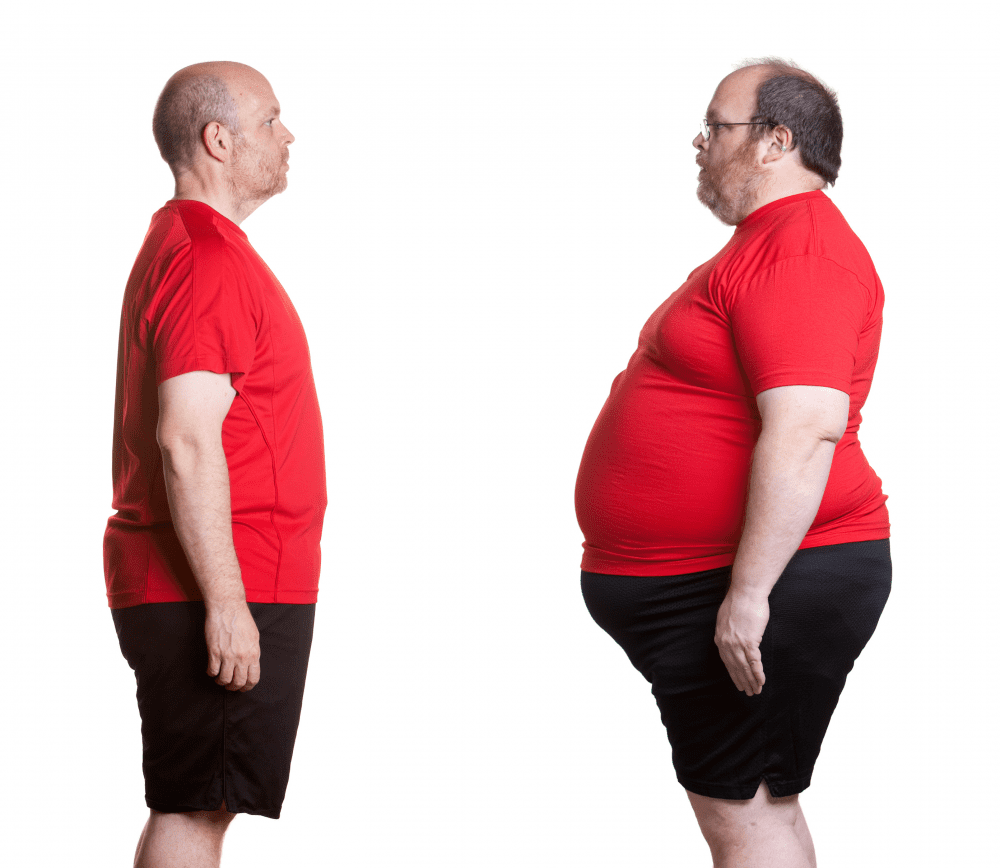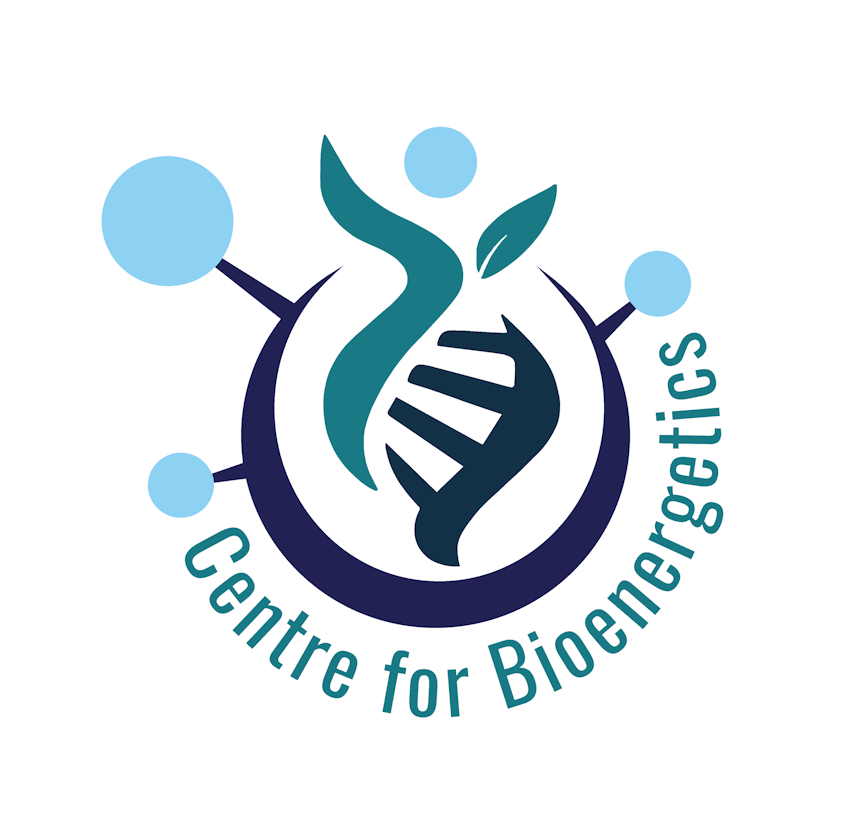Obesity Weight Loss Therapy
Advancing Solutions in Obesity Prevention and Treatment – Merging Ancient Wisdom with Modern Technology.
What Is Obesity?
Weight management is a simple case of ‘energy mathematics’:
- Weight increases when one of three possible scenarios prevail:
1. Too much caloric intake (i.e. overeating or eating unhealthily).
2. Too slow a metabolism (i.e. not burning the food/drink fast enough, so they end up ‘stored’ as body fat).
3. Not enough caloric expenditure (i.e. too sedentary or inactive a lifestyle) - Energy intake (e.g. through food) must equal energy expenditure (e.g. through metabolism plus physical activity), to keep weight the same.
- When energy intake is less than energy expenditure, the weight starts going down.


Current approaches to weight loss
There are several options for weight loss, including diet, exercise, and weight loss treatments:
Diet
A balanced diet that includes protein, fat, and vegetables can help with weight loss. Some diet types include:
- Balanced diets: These diets are varied and include no foods that are off-limits. Examples include the DASH, Mayo Clinic, Mediterranean, and Weightwatchers diets.
- Intermittent fasting: This diet involves not eating for a set amount of time each day or week.
- High protein diets: These diets focus on lean meats and dairy. Examples include the Dukan and Paleo diets.
- Low carb diets: These diets limit carbs and focus on fats or proteins. Examples include the Atkins, South Beach, and keto diets.
Exercise
Regular physical activity can help you lose weight and maintain a healthy weight. The NHS recommends that adults get at least 150 minutes of moderate-intensity activity each week. This could include brisk walking, cycling, recreational swimming, or dancing.
Weight loss treatments
These include:
- Weight-loss medications
- Bariatric surgery
- Nutrition counselling
- Meal replacement programs
- Intragastric balloons
- Endoscopic weight loss procedures
- Gastric bands
To keep off weight, it’s important to make healthy changes a part of your lifestyle.
IBEM’s Advanced approach to weight loss
The problem with traditional approaches to weight loss is that they are a) artificial and b) temporary in their effects because they don’t tackle the root causes of obesity or weight gain.
Laser Acupuncture
Laser acupuncture, also known as Low Level Laser Therapy (LLLT), is a form of non-needle, non-invasive and painless acupuncture. This type of high-tech is a method for speeding up metabolism and promoting weight loss. Studies have shown that laser acupuncture can:
- Reduce body weight: In one study, participants who received laser acupuncture had a significant reduction in body weight, BMI, and waist and hip girth.
- Improve lipid profile: Laser acupuncture can improve lipid profile and decrease TC and TG.
- Improve blood sugar: Laser acupuncture can decrease fasting blood glucose and insulin levels.
- Improve HDL-C: Laser acupuncture can increase HDL cholesterol (‘good cholesterol’).
- Be effective in combination with diet and exercise: Laser acupuncture can be effective when used in combination with diet and exercise.
- Be safe and painless: Laser acupuncture is a non-invasive, painless procedure.
Hyperbaric Oxygen Therapy
Hyperbaric oxygen therapy (HBOT) may help with weight loss by increasing metabolism and improving insulin sensitivity.
Hyperbaric oxygen therapy (HBOT) can improve metabolism in a number of ways, including:
- Blood sugar control
HBOT can improve insulin sensitivity and glucose metabolism, which can help regulate blood sugar levels. This can be especially beneficial for people with type 2 diabetes or at risk of developing it. - Inflammation
HBOT can reduce inflammation, which can help with metabolic dysfunction. - Weight management
HBOT can improve metabolic efficiency, which can help with weight maintenance or loss. - Energy production
HBOT increases oxygen availability, which can improve the efficiency of cellular energy production. This can lead to increased vitality and reduced fatigue.
Some other benefits of HBOT include:
- Flushing out toxins: HBOT can help cleanse the body by flushing out toxins and drug residues.
- Cardio and kidney protection: HBOT can protect the heart and kidneys in those with hyperlipidemia
During a one-hour HBOT session, the body burns about 400–600 calories, which is similar to the number of calories burned during an hour of tennis or medium-intensity running. However, HBOT alone is not enough to cause weight loss, and patients must also maintain a daily caloric deficit. To this end, we provide dietitian support where necessary.
The above treatment modalities reduce weight loss naturally, without the need for medications, injections or surgery and with little or no side effects. Most importantly, they tackle the root causes of weight gain, and so help to permanently keep weight down.
If you would like to learn more about the scientific principles and evidence underpinning cellular bioenergetics as a target for obesity therapy, we recommend that you read this excellent medical journal article in Nature Reviews – Drug Discovery.
Are you ready to get help with reducing your body weight or body fat through Centre for Bioenergetics? Get In Touch.
